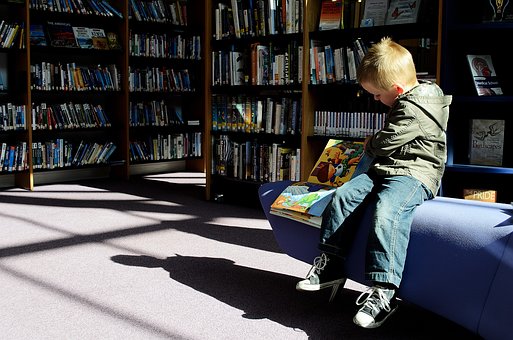
Hurricane Katrina ripped through the Gulf Coast in 2005 and killed over 1,800 people. Following the storm, there were an estimated 372,00 children who were displaced from their houses. The storm destroyed over 100 public schools and those still standing were shut down for weeks. Once the floodwaters had receded, eventually the displaced students found new schools. However, the impacts of this major disaster lingered on. Some of these children showed increasing signs of post-traumatic stress, depression, and anxiety, long after the disaster. There was a study conducted five years later that showed that one-third of the children who had been displaced were behind academically behind in school by at least one year compared to their peers.
At first glance, a tropical storm is very different from a viral pandemic. However, with schools closed for over 1.3 billion schoolchildren around the world, natural disasters can offer some useful insights to researchers on an important question that they as well as lock-down parents around the world are asking right now: will the current coronavirus shutdown impact children long-term?
The initial signs are far from being encouraging. Studies conducted on the after-effects of disease outbreaks, earthquakes, and storms have shown that these types of disasters can have serious detrimental impacts on the mental health and educational attainment of children. Lisa Gibbs, Jack Brockhoff Child Health & Wellbeing Program director at the University of Melbourne, says that although the specific characteristics of hazard are quite relevant when it comes to the recovery experience, often the human impacts are very consistent.
Other Options for Children Not At School
During the current pandemic, numerous schools have taken on some type of distance learning, with materials being provided by teachers through online portals like Google Classroom or lessons being held over Zoom or YouTube. However, evidence of online learning as being a direct substitute for in-person school has been mixed. Also, switching to distance learning likely is exacerbating a pattern that has been well established with natural disasters: the worst affected are often those who come from economically disadvantaged backgrounds.
It is impossible to really know how much children are learning during the lockdown. However, according to survey data from a teacher polling app called Sutton Trust and Teacher Tapp, UK private school students are just as likely as students in state schools to access online lessons on a daily basis. Working-class students are spending less time studying during the lockdown, and the quality of their schoolwork has seen a significant drop-off.
Data Found From Local Teachers
Laura McInerney, the co-founder of Teacher Tapp, says that they have data that showed that 55 percent of teachers in areas that are most disadvantaged feel that children were only getting one hour of education or less per day. It was more likely for private schools to have utilised online tools prior to the outbreak, and also more likely for wealthier students to have space to study at home, reliable broadband, and their own devices. McInerney added that there is a difference of half of the private school children having online lessons from nine to three every day, while less than ten per cent of the state schools are doing that.
At the time of this writing, schools in certain countries like Germany, France, and China are beginning to reopen. Indications from the government are that it is hoping to slowly start to reopen schools for some ages starting on 1 June, as long as the reopening criteria are met. Numerous other countries, including Wales and Scotland, do not have a clear timetable for reopening. Schools in California, New York, Portugal, and Italy will stay closed until at least September. In fact job vacancies at Hampshire job openings are now appearing giving the impression we are slowly but surely getting to a more of a normal routine.
Whenever Gibbs is advising governments on their post-disaster planning, typically she recommends a five-year recovery plan. The recovery may be longer for coronavirus, especially if the world is tipped into another recession by the pandemic. But although the lessons coming from disaster research might be bleak, the overall message is hopeful. Despite the huge toll that disasters can exert, a majority of children of disasters do recover and end up leading happy, normal lives.